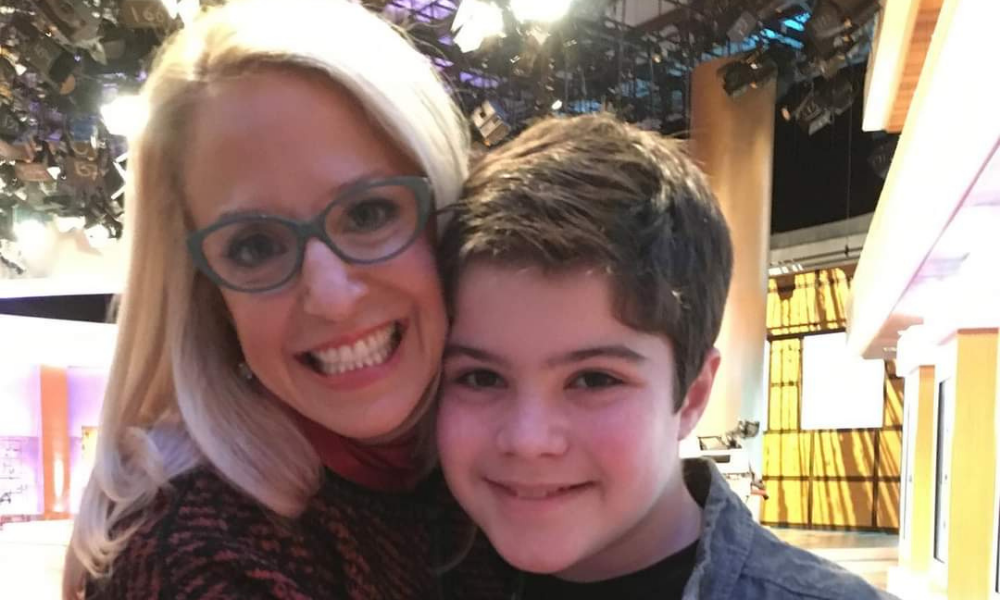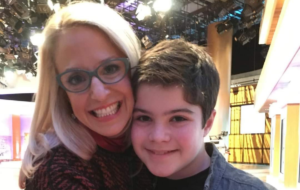Our son Sammy was an amazing kid — sweet, funny, curious, an A student. And like all parents, we worked hard to keep him away from dangerous people and places. But, like most parents, we had no idea that drug dealers were preying on our children using Snapchat and other social media platforms. And we had no idea illegal, untested drugs could be delivered to our house as easily as a pizza.
On February 7, 2021, an online drug dealer reached out to our son Sammy on Snapchat and delivered drugs to him at our home. He snuck out after we were asleep to meet the dealer, who gave him what turned out to be a lethal dose of fentanyl. Fentanyl is a synthetic opioid twice as addictive as heroin, 100 times more powerful than morphine — and fatal even in microscopic doses. Sammy had no idea he was taking it.
As a result, we experienced every parent’s worst pain —we lost our son.
Sammy is but one of the millions of young victims of social media-related dangers this year. These dangers include:
- Substance Abuse: One in four young people see illicit drugs advertised for sale on social media.
- Cyberbullying: 34% of students report experiencing cyberbullying.
- Suicide: Teens using social media more than 5 hours daily were found to be about 70% more likely to have suicidal thoughts or actions than those who reported one hour of daily use. (8.9% of youth in grades 9-12 reported that they had made at least one suicide attempt in the past 12 months.)
- Sexting: 70.9% of tweens and 87.9% of teens encounter nudity or content of a sexual nature each year, and sexting is essentially the new “first base.”
- Hate Speech: About 64% of U.S. teens have encountered hate speech on social media.
- Trafficking/Predation: A whopping 82% of child sex crimes originate from online social media sites where predators gain knowledge of their victims’ likes and habits.
Children are being injured and dying, and families are being destroyed.
We must act together now to save lives.
One of the most effective ways for us to protect our children is by using third-party safety apps (like Bark). These apps can provide alerts to parents when dangerous content is shared through children’s social media accounts, enabling a parent to provide life-saving interventions at a critical moment. For example, if a child is expressing thoughts of suicide via social media, then a parent, who has received an alert through a third-party safety app, can immediately provide mental health support. We know from the statistics that these alerts have saved thousands of children’s lives.
Unfortunately, for third-party safety apps to work, the social media companies need to give them permission. While many social media platforms, like Twitter and Instagram, do provide this access, unfortunately, a number of others, like Snapchat and TikTok, do not. Why? Well, social media companies that have a lot of younger users seem to be the ones preventing parents from using safety apps. Possibly, these companies are concerned that children’s engagement with their platform generally would decrease should parents have the choice to supervise their children’s social media use — meaning less profits, less money for Big Social Media.
To save lives, parents need to be the ones who make the choice about whether they want to use safety apps. That is why we are calling on social media companies to #LetParentsProtect our children.
Dr. Laura Berman
Member, Organization for Social Media Safety Board of Directors


